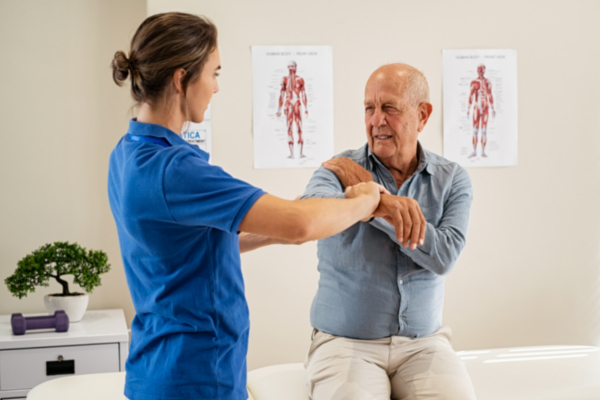Persistent pain is a major concern that frequently results from athletic traumas, impacting numerous sportspeople and physically engaged persons. When someone suffers from a athletic trauma, such as a ligament injury, strain, or break, the initial response usually includes soreness and inflammation. However, for some individuals, this discomfort does not diminish after the damage heals. Instead, they may continue to feel discomfort long after the original trauma. This persistent condition is known as long-term discomfort, and it can be difficult to treat. Comprehending the nuances of persistent discomfort is essential for both patients and medical professionals to ensure effective recovery.
One reason chronic pain can develop after a physical trauma is due to the physiological reaction to tissue damage. When bodily structures are damaged, the body sends out signals to notify the brain of the damage. This mechanism includes swelling, which is part of the recovery process. However, in some instances, this immune reaction can become heightened or extended, resulting in ongoing discomfort even when the damage has resolved. Additionally, mental health aspects like anxiety and depression can influence how people perceive pain. Athletes may feel stressed about returning to their sport, which can influence their interpretation of discomfort.

Chronic pain can significantly affect an individual athlete’s rehabilitation journey. It can affect their capacity to practice and compete at their usual levels. Athletes may end up unable to participate in training sessions or games due to fear of aggravating their injury. This circumstance can lead to feelings of discouragement and social withdrawal. When athletes cannot perform as they did prior to their trauma, it may also impact their psychological well-being and sense of confidence. As a result, treating both the physical and emotional components of healing is crucial for overcoming long-term discomfort.
Multiple treatment options exist for addressing chronic pain following athletic trauma. Healthcare providers frequently suggest a combination of physiotherapy, medication, and complementary therapies like acupuncture or manual therapy. Rehabilitative exercise focuses on enhancing strength and range of motion while controlling pain through specific exercises. Medications such as NSAIDs or pain relievers may be recommended to help manage symptoms. Each patient’s situation is individualized; thus, developing a customized care strategy that considers personal requirements and goals is essential for effective Visit Website rehabilitation.
In conclusion, persistent discomfort following athletic trauma is a multifaceted issue that demands thorough consideration and intervention. It affects not only the bodily aspect of recovery but also the mental health of athletes. By recognizing the underlying factors and effects of long-term discomfort, patients and healthcare providers can work together more efficiently toward recovery. With targeted treatment strategies and support advice systems in place, a significant number of people can overcome persistent symptoms and resume participation in their favorite sports activities to the fullest.
Comments on “Exploring the Intricacies of Persistent Aches After Athletic Traumas and Its Effect on Restoration”